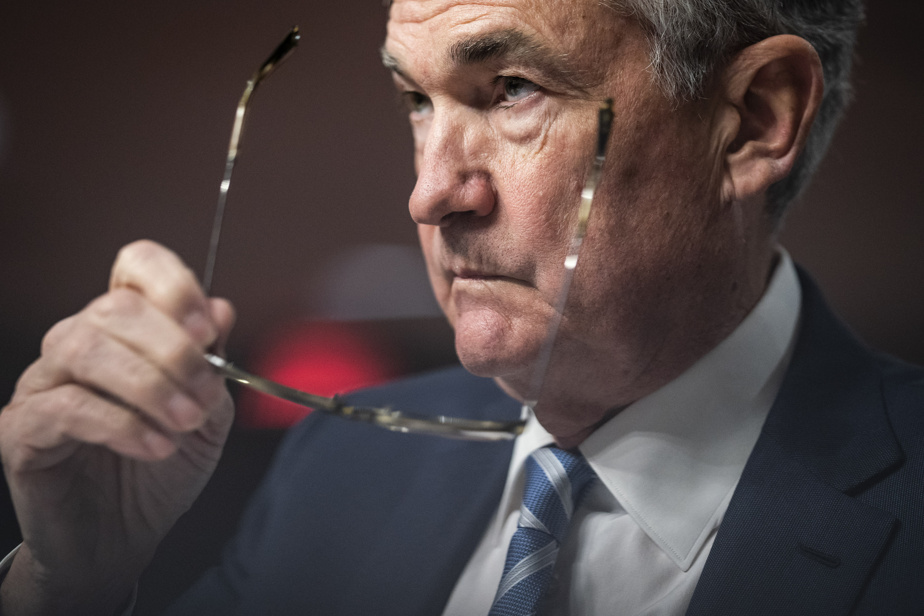(Washington) The US jobs market slowed more than expected in July, with the unemployment rate at its highest since October 2021, at a time when the Fed is now concerned about it, after previously focusing on inflation, and three months before the presidential election.
The unemployment rate climbed to 4.3% in July from 4.1% in June, according to figures released Friday by the Labor Department. Just 114,000 jobs were added in July, down from 179,000 the previous month — a sharply revised figure from the initial forecast of 206,000 jobs added in June.
Analysts had expected the U.S. unemployment rate to remain at 4.1% in July, but with job creation falling to 185,000, according to the MarketWatch consensus. After three years of a labor shortage that led employers to raise wages to attract and retain workers, fueling soaring inflation, the situation is returning to balance.
With Republican presidential candidate Donald Trump and his likely Democratic challenger, current Vice President Kamala Harris, neck and neck in several states, the health of the jobs market could weigh in the balance for voters.
“Reduced gap”
The American central bank (Fed) now says it is as concerned about a possible rise in unemployment as it is about inflation.
Fed Chairman Jerome Powell said at a press conference on Wednesday that “labor market conditions have returned to roughly what they were on the eve of the pandemic: solid, but not excessive.”
“Wage growth has slowed over the past year and the gap between jobs and workers has narrowed,” he said.
Mr. Powell also stressed that “the unemployment rate has increased, but remains low,” while “the strong job gains over the past two years have been accompanied by an increase in the supply of workers, reflecting an increase in participation among 25-54 year-olds and a sustained pace of immigration.”
The Fed has been keeping interest rates at their highest level since 2001 for a year, pushing banks to offer high rates to their customers for various loans. The goal is to slow economic activity, to ease pressure on prices and, ultimately, to lower inflation. But this also has consequences for employment. These repercussions are starting to be observed.
The labor market had slightly fewer vacancies at the end of June than at the end of May (8.18 million compared to 8.23 million). In another sign that the labor market is tightening, unemployment claims were at the end of July at their highest in a year. However, they remain at very low levels, comparable to those of the 1960s, according to some analysts.
Inflation, meanwhile, resumed its downward trajectory, to 3% over a year in June according to the CPI index to which pensions are indexed in the United States. According to the Fed’s preferred measure, the PCE index, inflation reached 2.5%, approaching the 2% annual target set by the central bank.
